Introduction This review was conducted at the request of the Centers for Medicare and Medicaid Services (CMS) to evaluate the use of pneumatic compression devices in the home environment for treating chronic venous insufficiency (CVI) and venous ulcers. The review aimed to inform coverage policies and treatment decisions.
Background Chronic venous insufficiency is a condition affecting the lower extremities, caused by abnormalities in the venous wall and valves, leading to blood flow obstruction or reflux. Symptoms include hyperpigmentation, stasis dermatitis, chronic edema, and venous ulcers. Compression therapy is a widely accepted treatment for CVI and venous ulcers, commonly provided through stockings, bandages, or pneumatic compression devices.
Evidence Model The evidence model suggests that pneumatic compression pumps affect the physiological processes underlying CVI and venous ulcers, leading to reduced edema, prevention of lymphedema, and increased ulcer healing rates. The model also considers potential adverse events associated with the use of these devices.
Methods The systematic review was conducted by the Agency for Healthcare Research and Quality (AHRQ). Literature was searched in MEDLINE, EMBASE, and AMED databases, and relevant clinical trials were identified. The review included eight trials, with a focus on randomized controlled trials (RCTs).
Results
- Symptom Alleviation: Three studies showed that pneumatic compression devices could alleviate symptoms of CVI. Patients reported significant improvements in symptoms such as swelling, discomfort, and skin discoloration.
- Ulcer Healing: Some studies demonstrated benefits in healing long-standing chronic ulcers that had not responded to other treatments. However, results were mixed, with some RCTs showing no significant difference compared to control methods.
- Patient Compliance and Satisfaction: Patients generally expressed satisfaction with pneumatic compression devices and reported higher compliance compared to other compression methods.
Conclusion The available data suggest that pneumatic compression devices may be beneficial for patients with CVI and venous ulcers, particularly those who have not responded to other treatments. However, the evidence is limited, and further research is needed to determine the optimal use and protocols for these devices. CMS decided to cover pneumatic compression only for patients with refractory edema and significant ulceration after a 6-month trial of standard therapies has failed.
References:


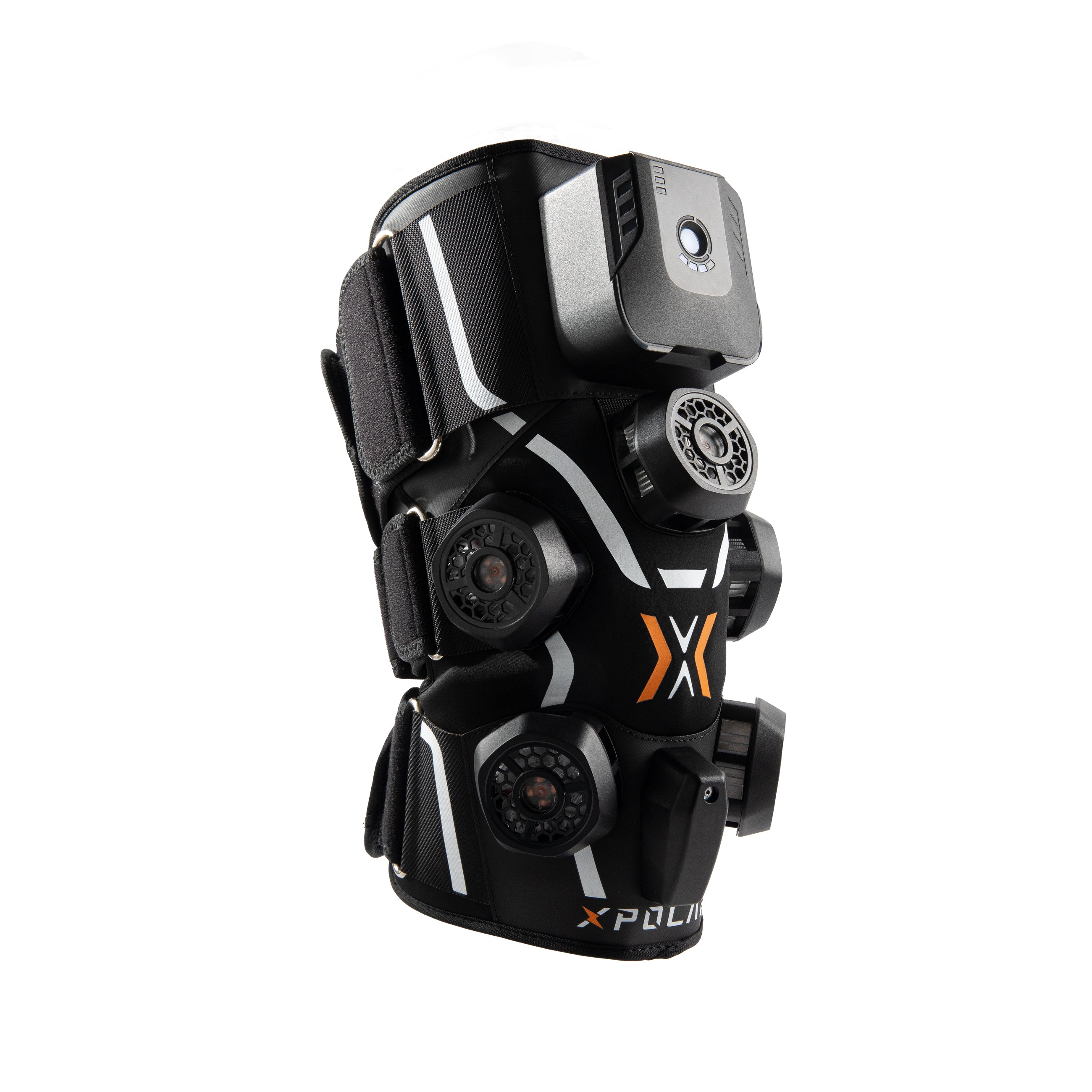
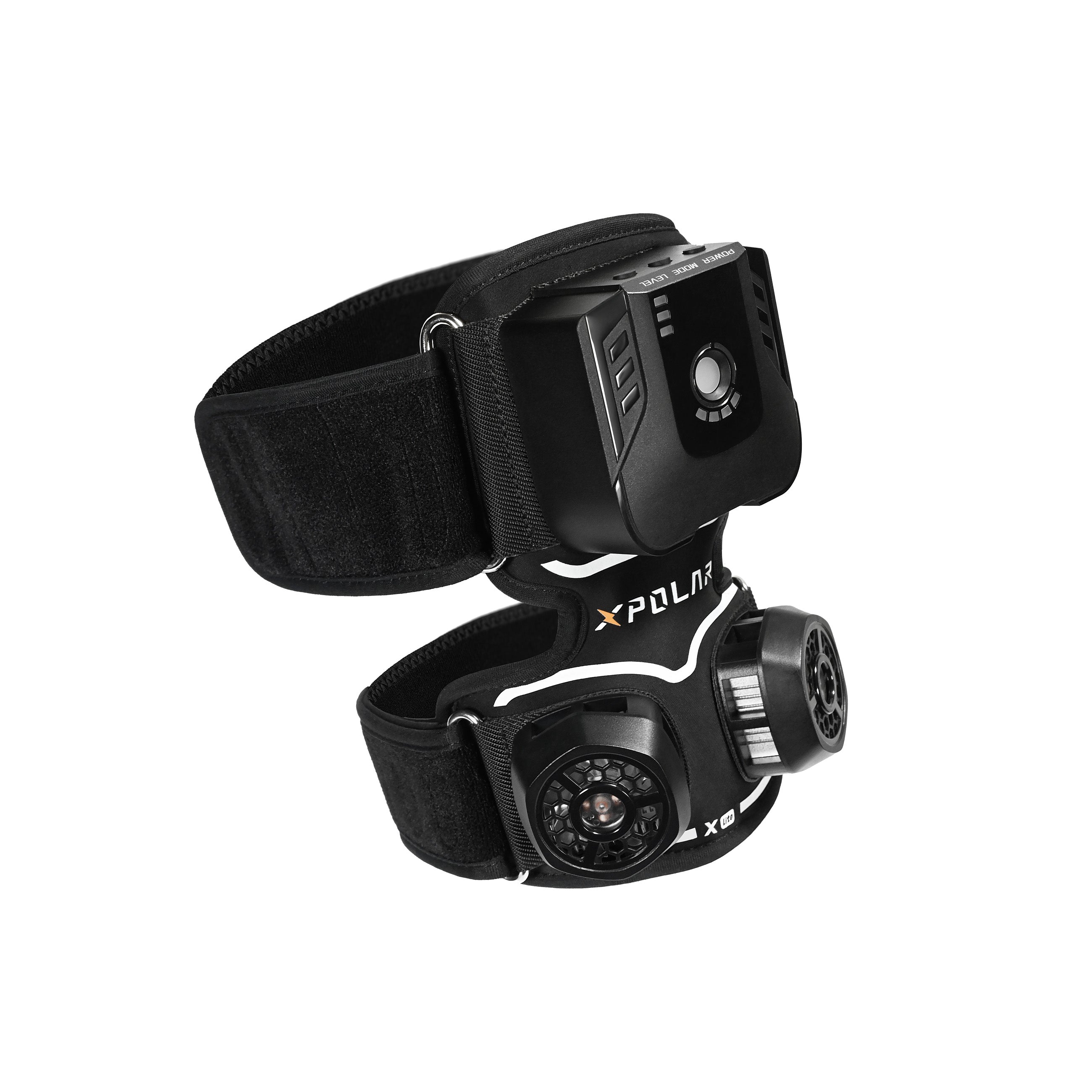
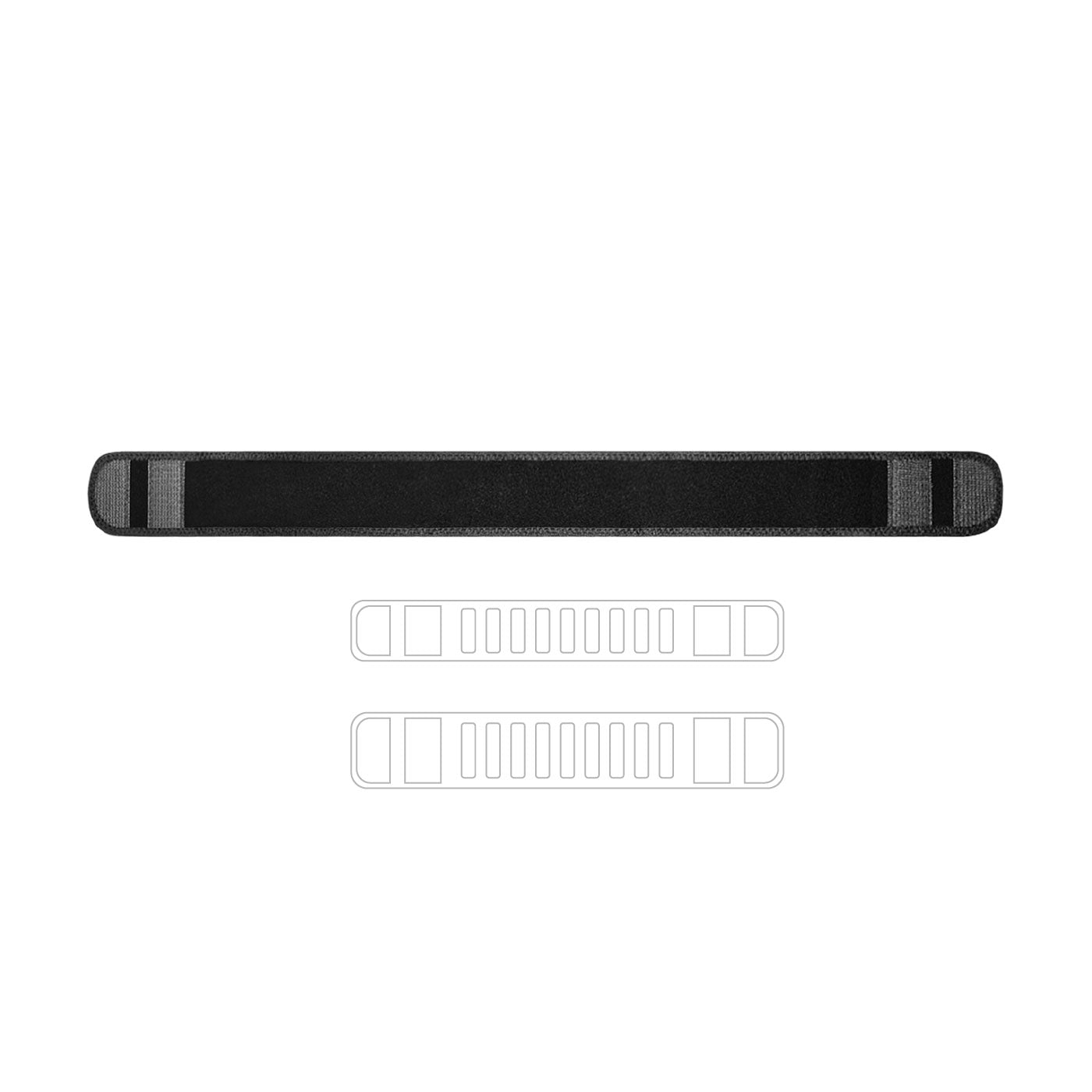
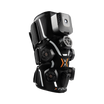
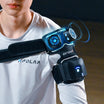
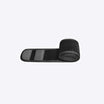
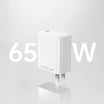

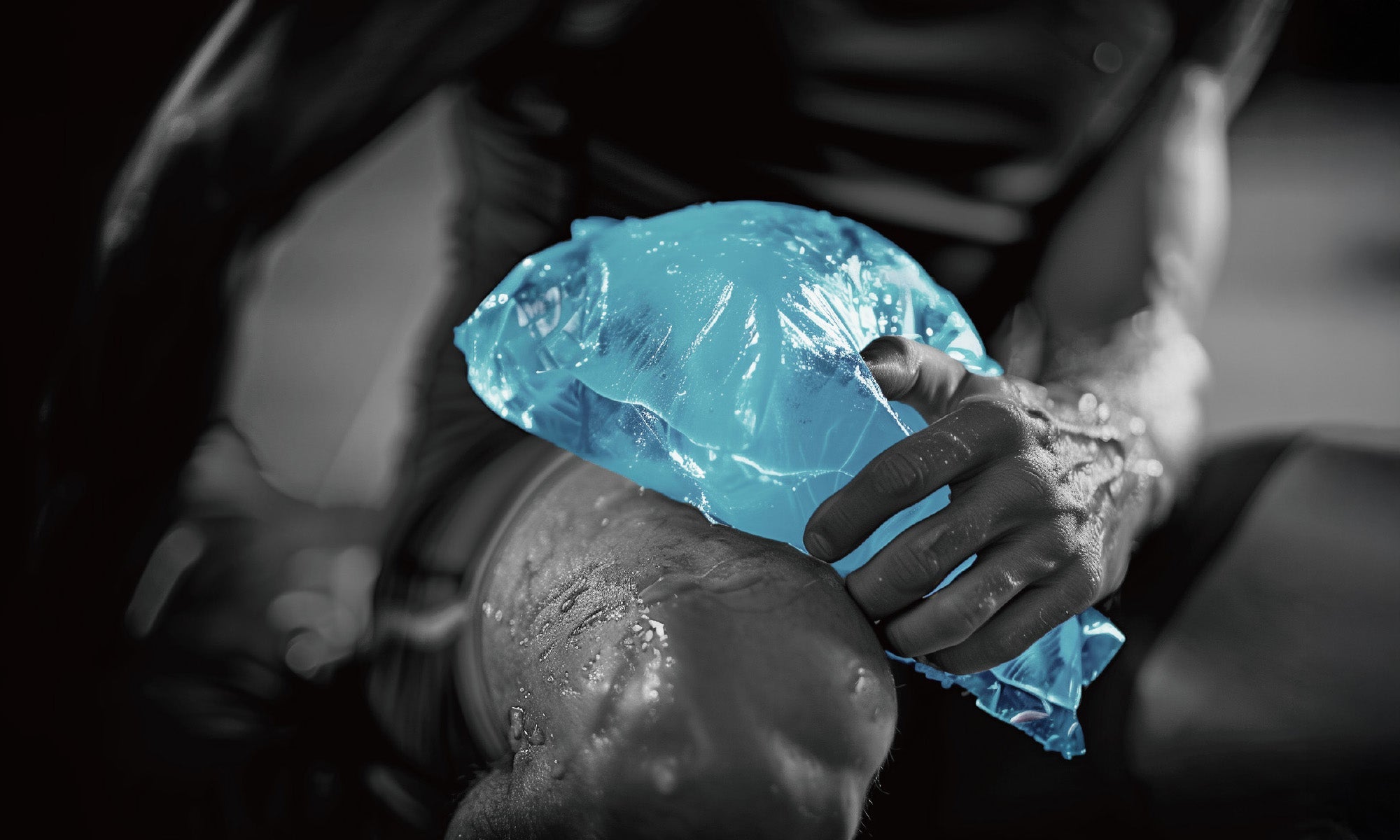
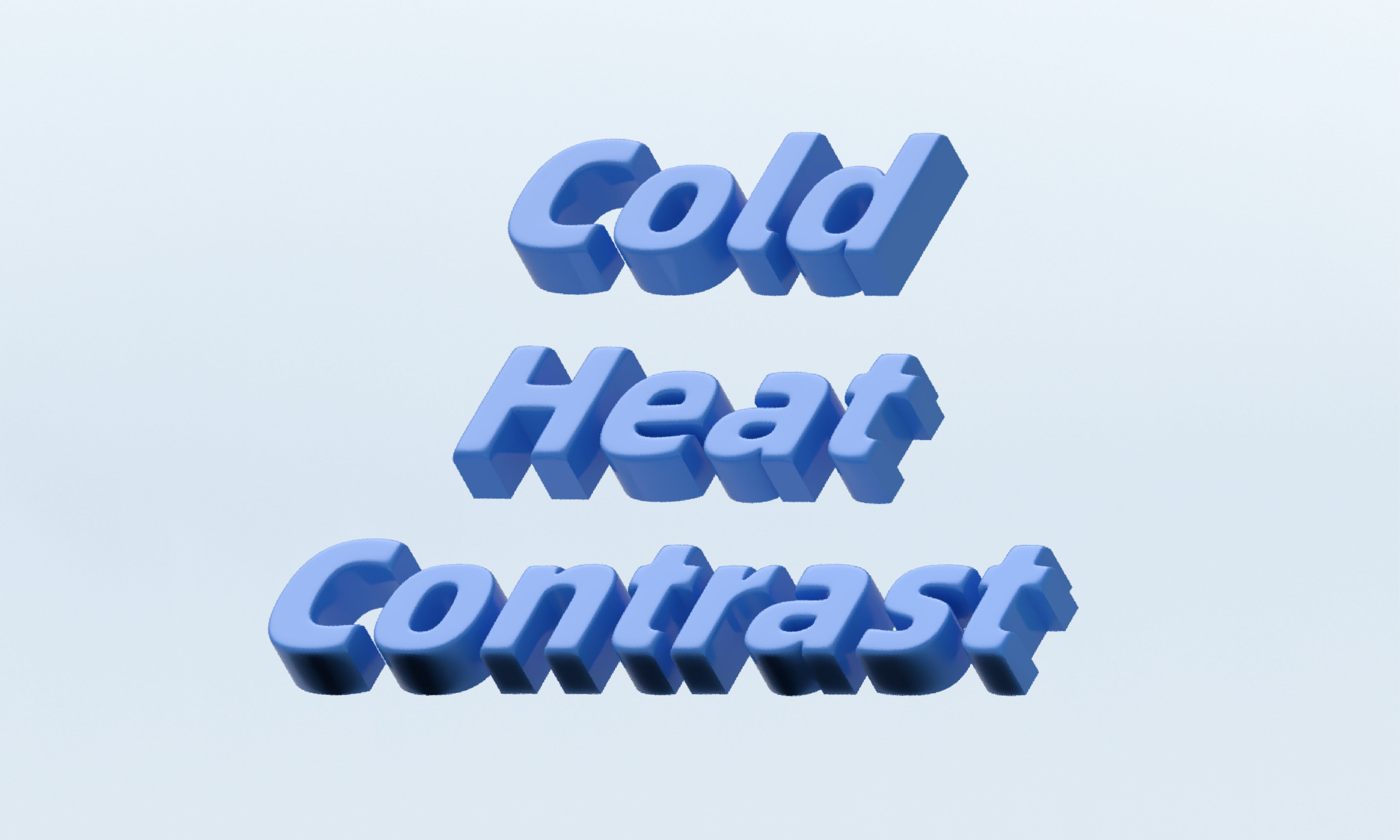
Leave a comment
This site is protected by hCaptcha and the hCaptcha Privacy Policy and Terms of Service apply.